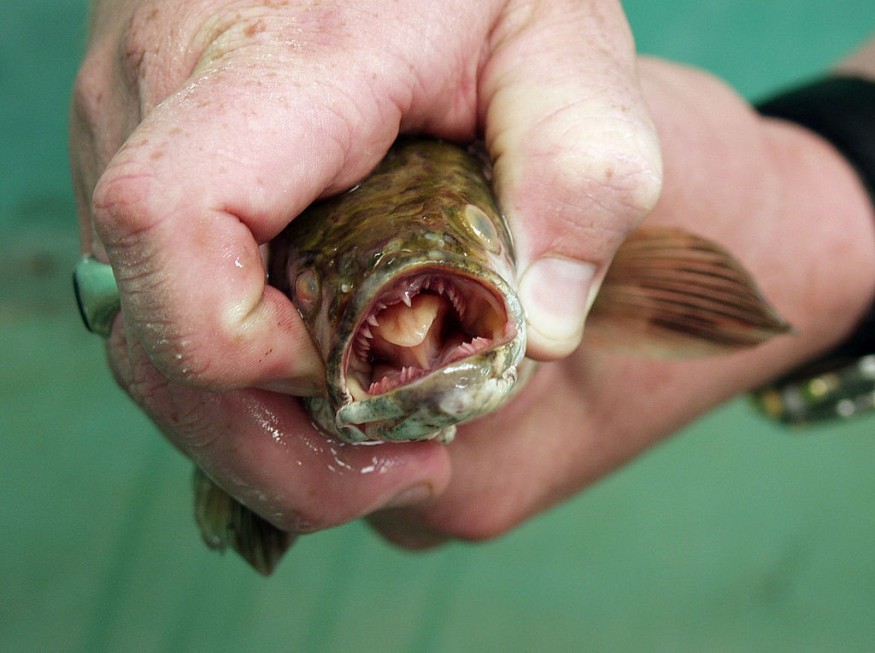Northern snakeheads, native to China, had been a problem in the United States since it was first introduced to California in 1977. They can potentially eliminate native fish populations and alter aquatic communities, which is why it is encouraged to report sightings of the invasive fish from Asia.
A recent angler report of an ongoing prevalence of the invasive northern snakehead fish in Hudson waterways is currently being investigated by the New York State Department of Environmental Conservation (DEC), the agency announced.
"DEC will undertake a larger sampling effort when aquatic vegetation begins to die back. Until that time, DEC is taking water samples throughout the marsh in an effort to detect the potential of northern snakehead environmental DNA. Any northern snakehead caught should be immediately killed and reported to the Region 3 Fisheries Office," the statement said.
A recent study suggests that the invasive species were most likely introduced to waterways through aquarium dumping, NewsBreak reported.
Predatory fish possibly dumped from aquarium - accidental or intentional?

According to DEC, Northern snakeheads (Channa argus) were most likely introduced to New York through aquarium dumpings and both accidental and intentional releases from fish markets. The invasive predators are federally listed as "Injurious Wildlife", which means they may not be imported or transported between states without a permit.
The species are generally brown with large, dark blotches along their sides and can grow up to three feet long, with somewhat flattened head and a large mouth with many teeth. They are very similar to bowfin (Amia calva), which is native to North America.
The state has been making ongoing efforts to stop the spread and establishment of this invasive fish to protect the health of waters, wildlife and fishing industry. The juveniles feed on a wide variety of microscopic organisms, insect larvae, and crustaceans on which native fish rely. Meanwhile, adults feed mostly on other fish species, but also eat crustaceans, reptiles, mammals and small birds.
Should the northern snakeheads continue to invade New York waters, municipalities which rely on tourist dollars from recreational fishing may suffer significant losses.
Challenge in removing the animals from the environment
In the state of New York, snakeheads were identified in two connected ponds in Queens, DEC reports. Through efforts in containing their population, another population found in Ridgebury Lake in the town of Wawayanda, Orange County, was eradicated in 2008 using the pesticide rotenone.
Besides aquarium dumping and fish market releases, they can also spread when people illegally use them as bait, or unknowingly transporting juveniles in the water-containing compartments of boats. They can even spread in nearby waterbodies on their own, as they are known to temporarily move around on land, and breathe air.
Once well-established, or if physical conditions favor them, their removal could be quite challenging and render efforts ineffective. Although there is little that can be done to control and manage them once in the area, they can still be dealt with on a case-by-case basis using trap nets, electrofishing and pesticides like rotenone, depending on the population size.
DEC announced that any northern snakehead caught should be immediately killed and reported to the Region 3 Fisheries Office in New Paltz.
© 2025 NatureWorldNews.com All rights reserved. Do not reproduce without permission.





